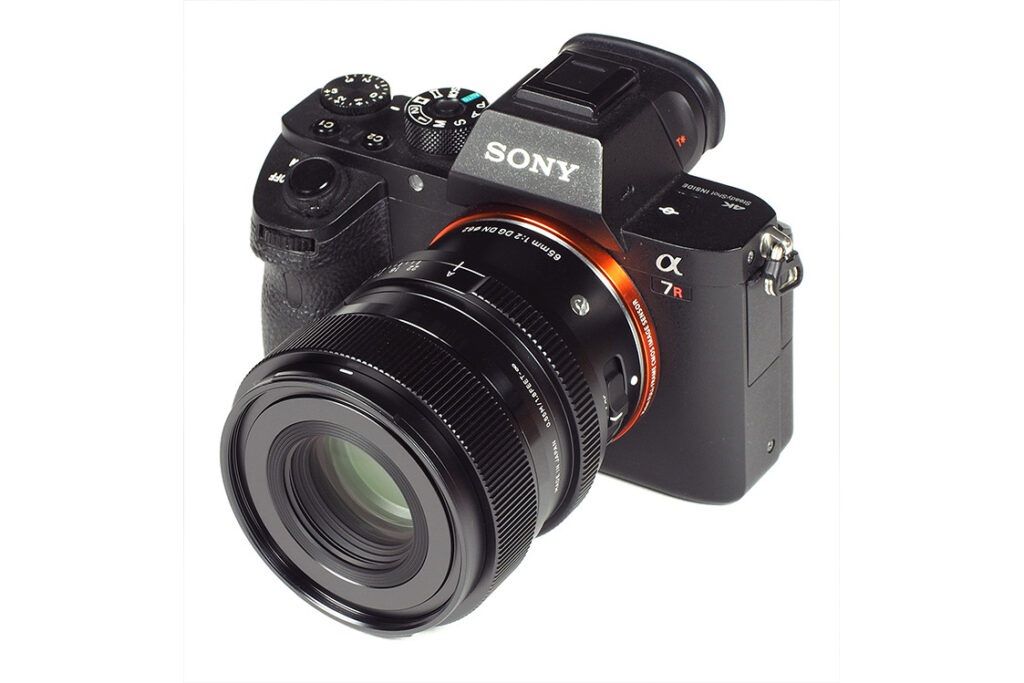Review by Klaus Schroiff, published December 2022
Introduction
Sigma’s Series I lens series has a special place in our hearts here. The vast majority of lenses we are testing are made of plastics combined with an uninspiring design. Usually, we test them … and forget them once they leave the lab. Not so in the case of the Sigma 65mm f/2 DG DN Contemporary. Obviously, this isn’t exactly a mainstream lens. While there is another 65mm f/2 lens on the market (hello, Voigtlander), it certainly qualifies as an “exotic” focal length. That’s more of a mental hurdle than anything else though. In terms of depth-of-field a 65mm f/2, is roughly equivalent to a 50mm f/1.8 for the same field-of-view, to mention the obvious. It may be a “Contemporary” lens by Sigma’s naming convention but don’t be fooled by this – it’s a premium product which is also reflected in its price tag of around $650/650EUR.
The build quality is outstanding and resembles vintage lenses. It has been carved from metal and it just screams quality. As a consequence, it is a comparatively heavy lens though. It features a dedicated (clicked) aperture ring and the focus ring operates as smoothly as butter. The lens hood is made of (soft) metal as well (which scratches easily). Another curious aspect is the lens cap – it comes with two of them. There’s a conventional one of plastics and a magnetic (metal, of course) cap. The latter adds to the luxurious feeling. Sigma is a bit fuzzy regarding the degree of weather sealing. They only mention that the “mount comes with a dust and splash-resistant structure,” so it is probably not fully sealed. However, it uses an inner focusing system which minimizes the risk of dust/moisture intake.

The AF motor is pretty fast and noiseless. Despite the classic design, manual focusing still works by-wire. In the case of the 65mm, this works better than on Sigma’s early by-wire implementations. An image stabilizer is not provided but most qualifying cameras (E- and L-mount) offer effective IBIS these days so that’s hardly a drawback.
| Specifications | |
|---|---|
| Optical construction | 12 elements in 9 groups inc. 1xSLD & 2 aspherical elements |
| Number of aperture blades | 9 (rounded) |
| min. focus distance | 0.55m (max. object magnification 1:6.8) |
| Dimensions | 95x78mm |
| Weight | 405g |
| Filter size | 62mm |
| Hood | barrel-shaped (bayonet mount, supplied) |
| Other features | – |
| Mount | Sony E, L-mount |
Distortions
Enough raving about its build quality – let’s go for the beef – image quality. If the Sigma 65mm f/2 DG DN Contemporary has a major weakness, it’s image distortion in RAW images. A pincushion distortion of ~2.5% is certainly on the high side for a prime lens. Of course, image auto-correction comes to the rescue here so you won’t notice this in real life unless you want to.
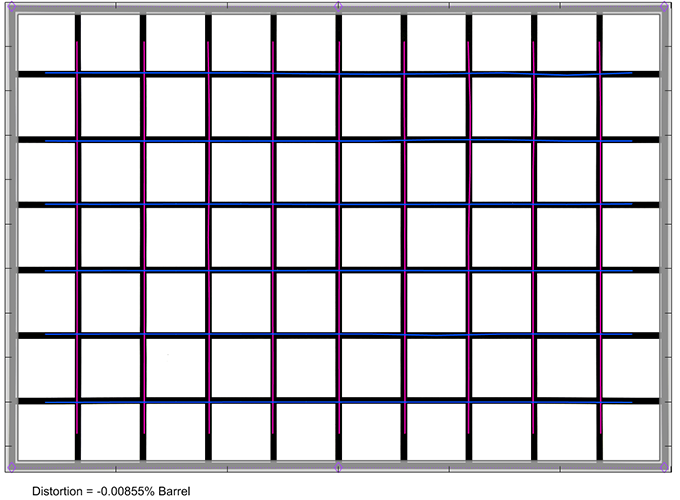
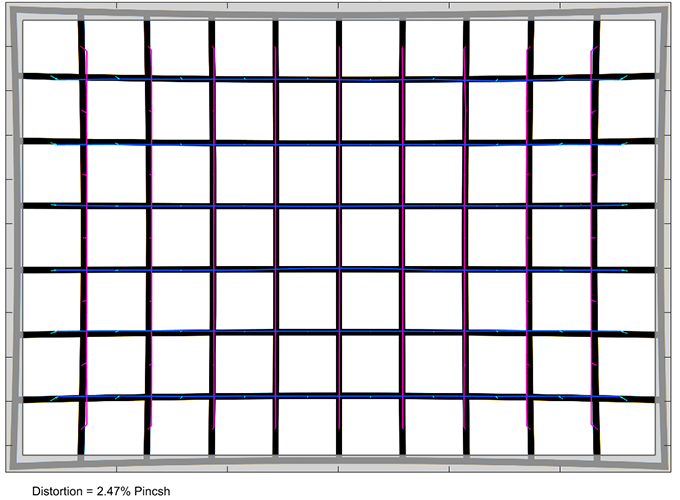
Vignetting
The Sigma is a comparatively slow lens by “50/55mm”-class prime standards, so vignetting is not a major issue. RAW images reveal a native vignetting of about 1.8 EV (f-stops) at f/2. That would be noticeable (and possibly even desirable for portraits). Stopping down to f/2.8 resolves most of this and at f/4, the issue is gone by real-world standards. Image auto-correction is primarily active at f/2 by reducing the peak.

MTF (resolution)
In terms of resolution, the lens is top-notch. The center quality is absolutely outstanding straight from f/2. It’s safe to state that it exceeds the limits of the 42mp sensor (used for testing) by quite a margin. The near-center is almost as good. The outer image field is still on a very good level, with excellent quality around the f/4 mark. Diffraction effects are becoming more noticeable from f/11 onward.
The field curvature is low. The centering quality of the tested sample was good.
Please note that the MTF results are not directly comparable across the different systems!
Below is a simplified summary of the formal findings. The chart shows line widths per picture height (LW/PH) which can be taken as a measure of sharpness. If you want to know more about the MTF50 figures, you may check out the corresponding Imatest Explanations.

Chromatic Aberrations (CAs)
Lateral CAs vary along the aperture range with a maximum pixel width of 0.75px at the image borders at f/2 – and a little less at smaller aperture settings. Once again, image auto-correction will take care of this without losing image quality.

Bokeh
Sharpness is one thing but if you are in the market for a fast prime lens, you want to use it for its shallow depth-of-field capabilities. We are pleased to report that the quality of the bokeh is just outstanding. Out-of-focus highlights are very smooth with no outlining as you can see below. This is almost surprising because the lens has two aspherical elements. Lower-quality aspherical elements tend to produce onion rings but Sigma’s version doesn’t fall into this category. The circular shape is mostly maintained at f/2.8 and the more edgy aperture shape creeps in at f/4 here.

The Sigma lens isn’t immune to the deterioration of the highlight discs towards the borders/corners but the effect is much less pronounced than on most lenses with just a minimal tendency towards “cat eyes”. Technically, stopping down helps to “fix” this. However, the results are still more pleasing at f/2 in our book.
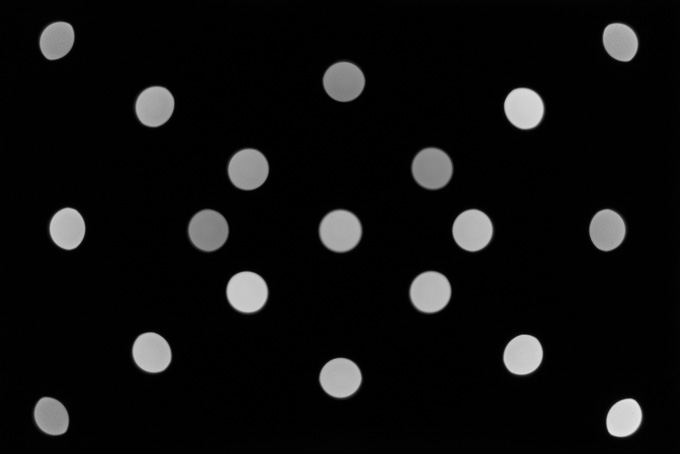
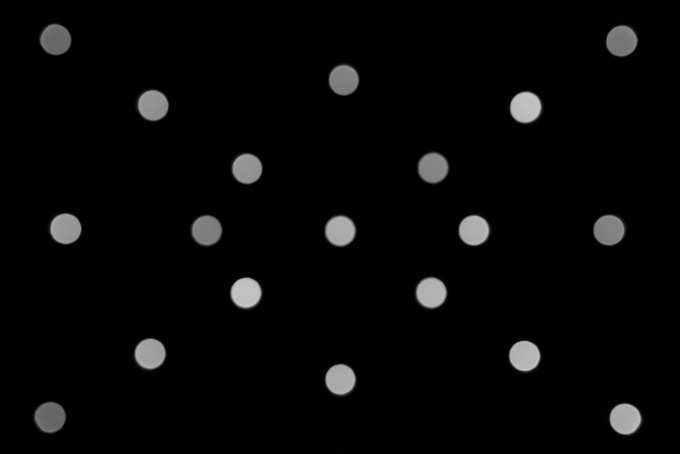


The quality of the general blur in the focus transition zone is great in the background and still very good in the less critical foreground.

Bokeh Fringing / LoCA
Boheh fringing/LoCA is an axial color fringing effect with purplish halos in front of the focus point and greenish beyond.
The Sigma lens doesn’t feature an APO design (like most lenses), so there’s some color fringing present at f/2. It’s reduced at f/2.8 and mostly gone from f/4.
This can’t be easily corrected via post-processing (yet).



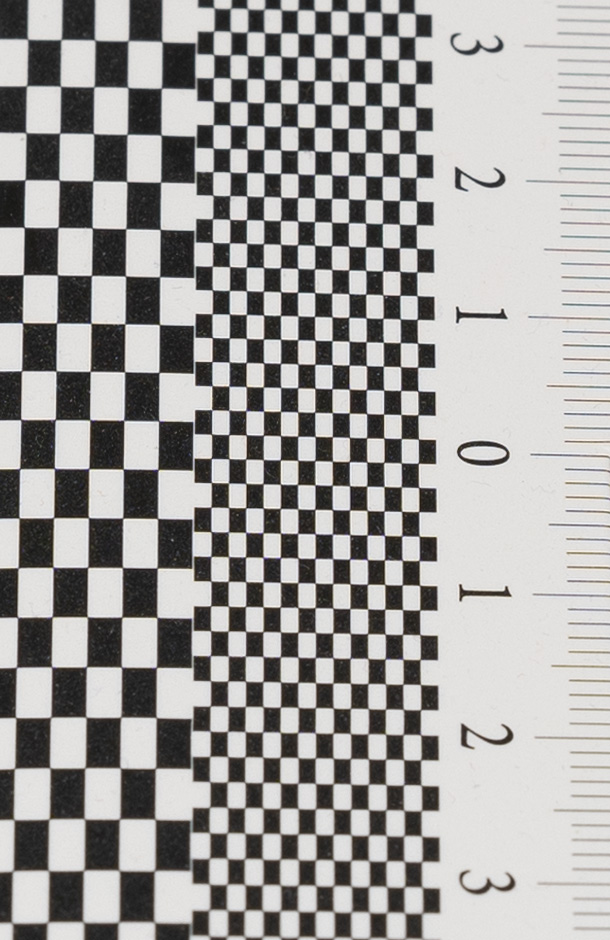
Competition
There aren’t really any identical competitors out there in terms of paper spec. Yes, there’s the Voigtlander APO-Lanthar 65mm f/2 Macro but that’s a manual lens and as such, it’s not exactly mainstream. The closest competitors may be the Sony/Zeiss Sonnar FE 55mm f/1.8 (center below) and the Samyang AF 75mn f/1.8 FE (to the right). The Zeiss lens comes close in terms of being a premium product but it’s optically worse. We haven’t tested the Samyang lens yet but if its cousins are a guide, the build quality will be inferior and it’ll also not reach the optical performance of the Sigma. However, the Sanyang lens is substantially cheaper and more lightweight.

Sample Images
The Sigma 65mm f/2 DG DN Contemporary may not be a mainstream lens but this doesn't make it any less desirable. It isn't all that fast and fairly heavy compared to similar lenses. However, it's also one of the best lenses in the 50-75mm class - on multiple levels. The optical performance is excellent, if not outstanding. The image center is extremely sharp and the quality in the outer image field is still impressively high even at f/2. At f/4, the lens shows true greatness. Lateral CAs are pretty low. And it doesn't stop there - the bokeh is silky smooth with very pleasing out-of-focus highlights. LoCAs/bokeh fringing is present at large aperture settings but that's true for the vast majority of fast lenses. RAW images exhibit some vignetting at f/2 and image distortions aren't perfect either. However, image auto-correction will take care of this.
The build quality of Series I lenses is exceptional and the 65mm f/2 is no different. If you like having the quality of a vintage lens combined with modern optics and AF, this is it. The lens body is made of (thick) metal and the aperture and focus control rings just feel awesome. The magnetic lens cap as well as the metal lens hood add to the luxurious impression here. The environmental sealing doesn't seem to be optimal, though. Sigma is only mentioning a mount gasket. However, the inner focusing system should help in this respect. The AF is may not be the fastest on the market but it's certainly sufficiently quick and silent.
If you haven't noticed, we are pretty thrilled by Sigma's new offering here. And if you are a sucker for premium glass, the Sigma 65mm f/2 DG DN Contemporary Series I is definitely worth a look. Highly recommended!
-
Optical Quality
-
Build Quality
-
Price/Performance


